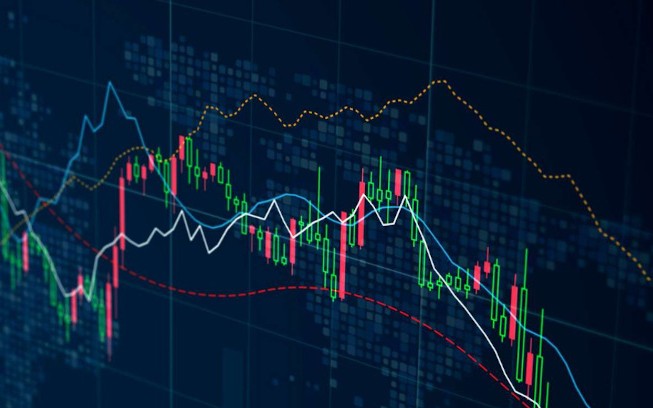
Essential Forex Trading Techniques for Success
In the fast-paced world of forex trading, having robust techniques can significantly influence your trading outcomes. Whether you are a novice or a seasoned trader, understanding various trading methods and strategies is vital for long-term success. In this article, we will explore essential forex trading techniques, tips, and tools that you need to enhance your trading skills. Additionally, if you are looking for reliable platforms to execute trades, consider the forex trading techniques Best Ivorian Brokers who can assist you in your trading journey.
Understanding Forex Trading
Forex trading involves buying and selling currency pairs in the foreign exchange market to profit from fluctuations in exchange rates. The forex market operates 24 hours a day, allowing traders to capitalize on market movements at any time. The key to being successful in forex trading lies in mastering the techniques that enable a trader to make informed decisions.
Technical Analysis
One of the most crucial techniques in forex trading is technical analysis. This involves analyzing historical price data, chart patterns, and various indicators to forecast future price movements. Traders utilize various tools to conduct technical analysis, including:
- Chart Patterns: Recognizing patterns such as head and shoulders, double tops, and flags can provide insight into potential market reversals or continuations.
- Indicators: Tools like Moving Averages, Relative Strength Index (RSI), and Bollinger Bands help traders identify trends and possible entry or exit points.
- Support and Resistance Levels: Identifying these levels can help traders gauge where the price might reverse or break out.
Fundamental Analysis
While technical analysis focuses on price charts, fundamental analysis looks at economic indicators, news events, and geopolitical factors that influence currency values. Key economic indicators include:
- Interest Rates: Central banks adjust interest rates to control inflation, which can lead to currency strength or weakness.
- Gross Domestic Product (GDP): A higher GDP growth rate indicates a healthy economy, which can attract foreign investments and strengthen the currency.
- Employment Data: Employment figures such as the unemployment rate and non-farm payrolls provide insight into economic health.
Risk Management Techniques
Successful forex trading is not just about making profits but also about managing risks. Implementing effective risk management techniques can help minimize losses. Here are a few strategies:
- Position Sizing: Determine how much of your capital to risk on each trade based on your risk tolerance and market conditions.
- Stop-Loss Orders: Set stop-loss orders to automatically close trades at a certain loss level, protecting your capital from significant drawdowns.
- Diversification: Spread your investments across different currency pairs to minimize risk exposure.

Trading Strategies
Traders employ various strategies based on their trading style, time commitment, and market analysis. Some popular trading strategies include:
- Swing Trading: This strategy involves holding positions for several days or weeks to capture short- to medium-term price movements.
- Day Trading: Day traders open and close positions within a single day, taking advantage of intraday price fluctuations.
- Scalping: Scalpers hold positions for a very short time, often seconds or minutes, to capitalize on small price movements.
The Importance of a Trading Plan
A well-defined trading plan is essential for any trader. It outlines your trading goals, strategies, risk tolerance, and market analysis approach. Having a structured trading plan helps you stay disciplined and focused, reducing emotional decision-making.
Staying Updated with Market Trends
The forex market is influenced by numerous factors, including economic data releases, geopolitical events, and market sentiment. Staying updated with the latest news and trends is crucial for making informed trading decisions. Utilize financial news websites, economic calendars, and brokerage platforms that provide market analysis to remain knowledgeable about current conditions.
Utilizing Trading Tools and Platforms
Modern trading platforms offer a variety of tools to assist traders in executing their strategies. These include:
- Charting Software: Advanced charting tools allow traders to visualize price movements and analyze patterns effectively.
- Automated Trading Systems: Some traders use algorithms and bots that execute trades based on pre-programmed strategies.
- Performance Analytics: Many platforms offer performance tracking tools to analyze trade outcomes and refine strategies.
Continuous Learning and Adaptation
Forex trading is a constantly evolving environment. New information, strategies, and market conditions emerge regularly. Hence, continuous learning through courses, books, webinars, and mentorship can greatly enhance your trading skills. Adapt your strategies as you gain experience and as market dynamics change.
Conclusion
Mastering forex trading techniques requires a combination of knowledge, skills, and a disciplined approach to risk management. By employing effective trading strategies, utilizing analytical tools, and staying informed about market trends, you can significantly enhance your chances of success in the forex market. Remember, trading is not merely about making quick profits but about developing a sustainable and informed approach that aligns with your personal goals. Practice patience and continuously work on improving your skills, and you’ll find greater success in your forex trading journey.